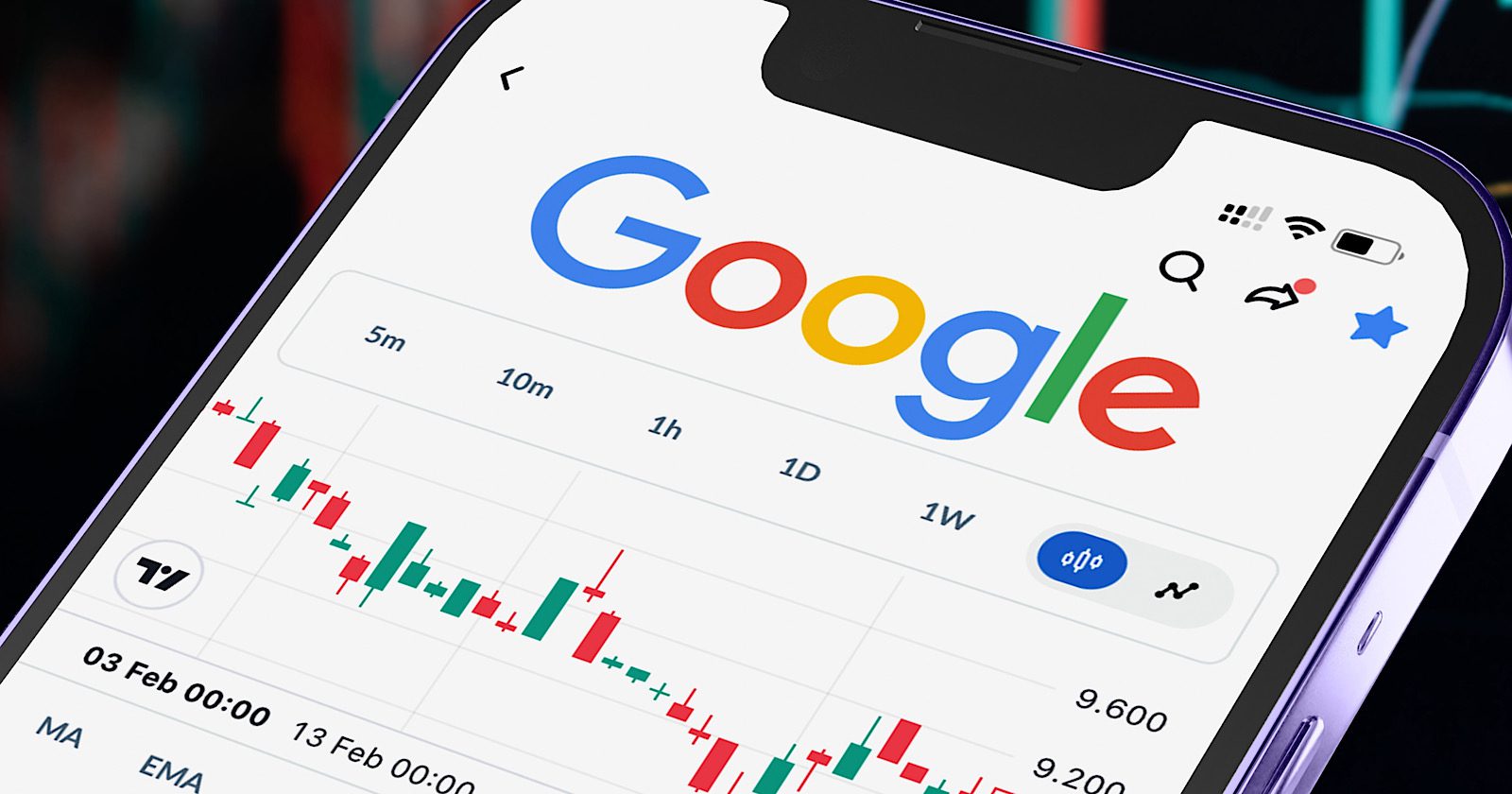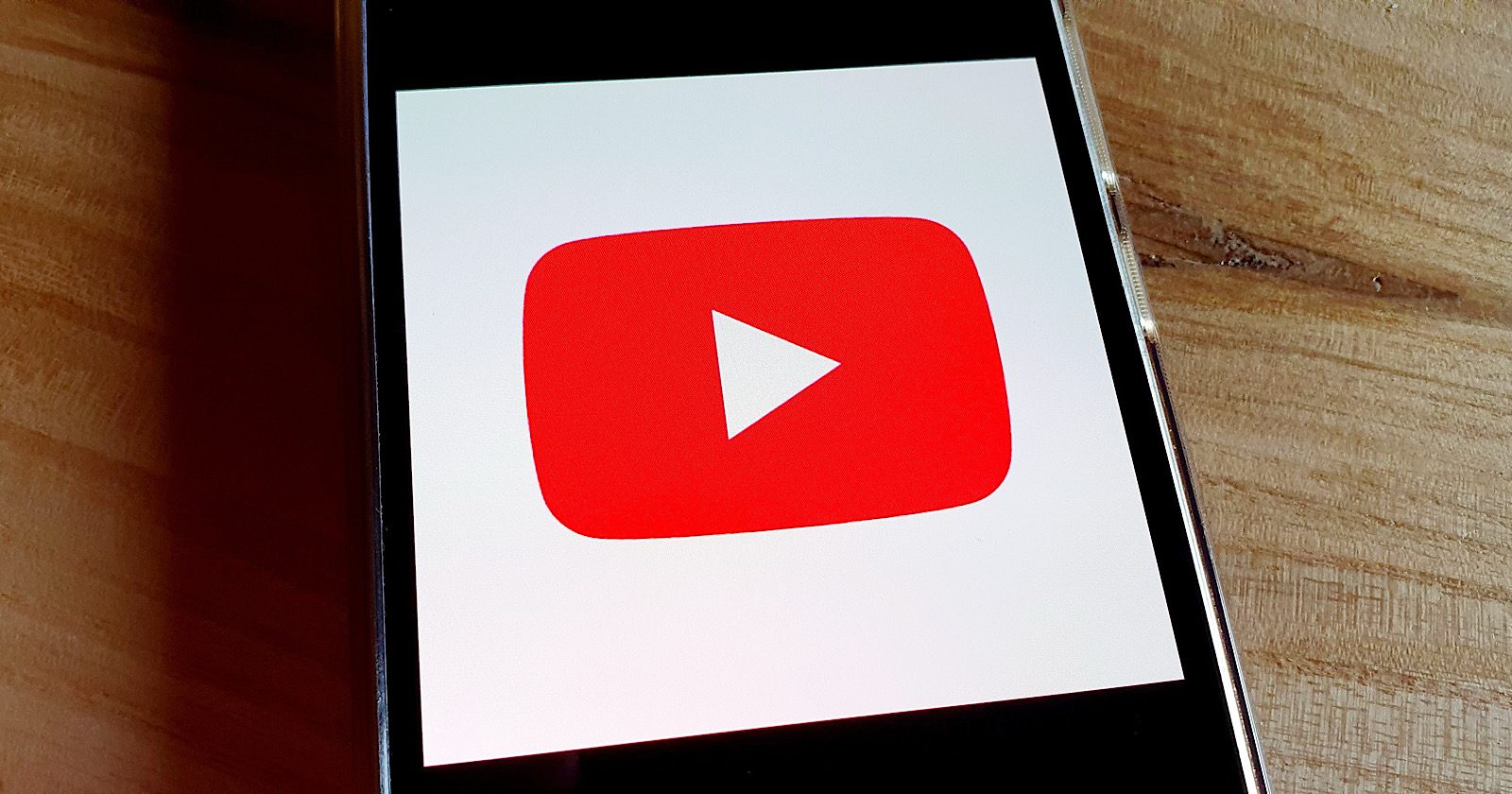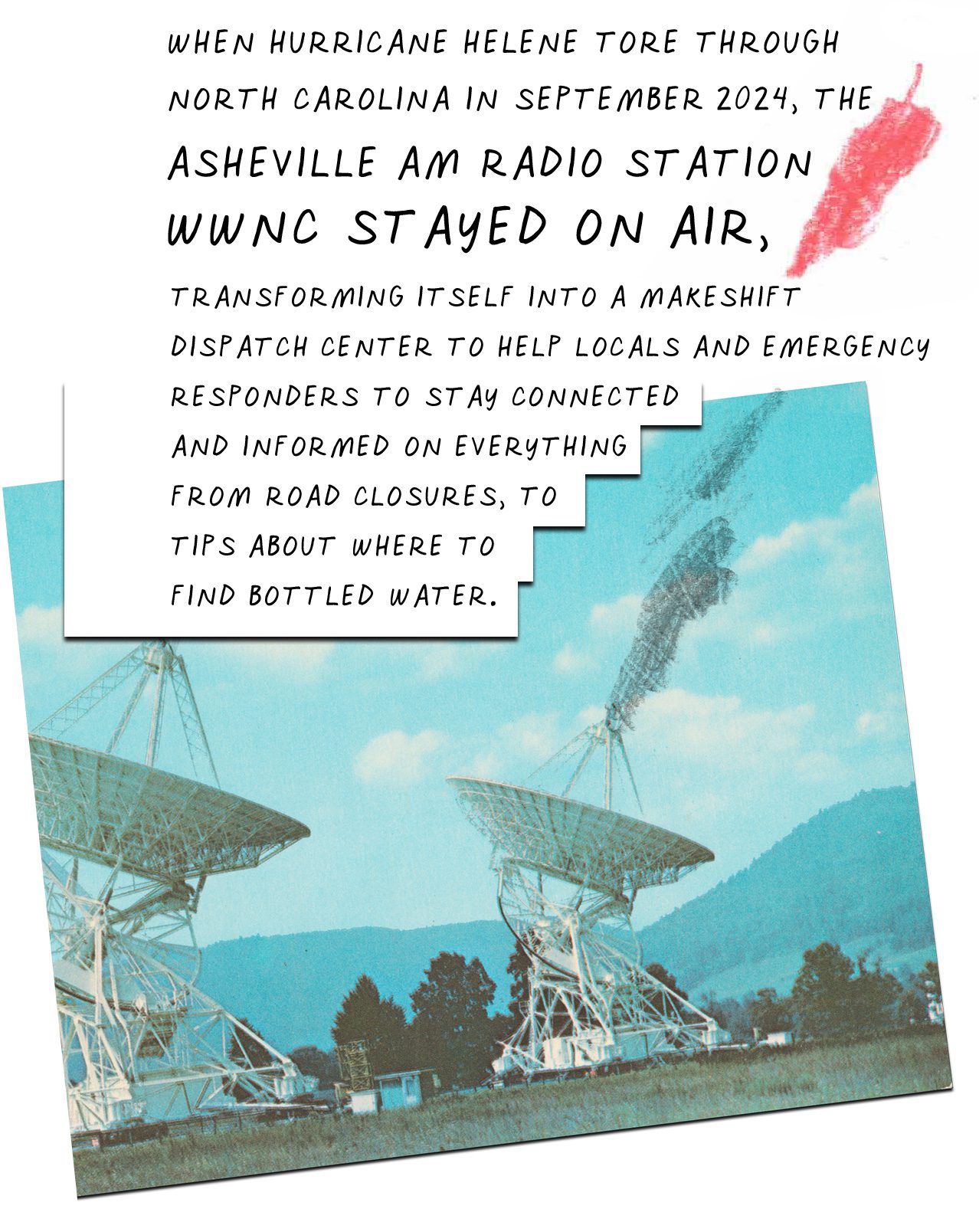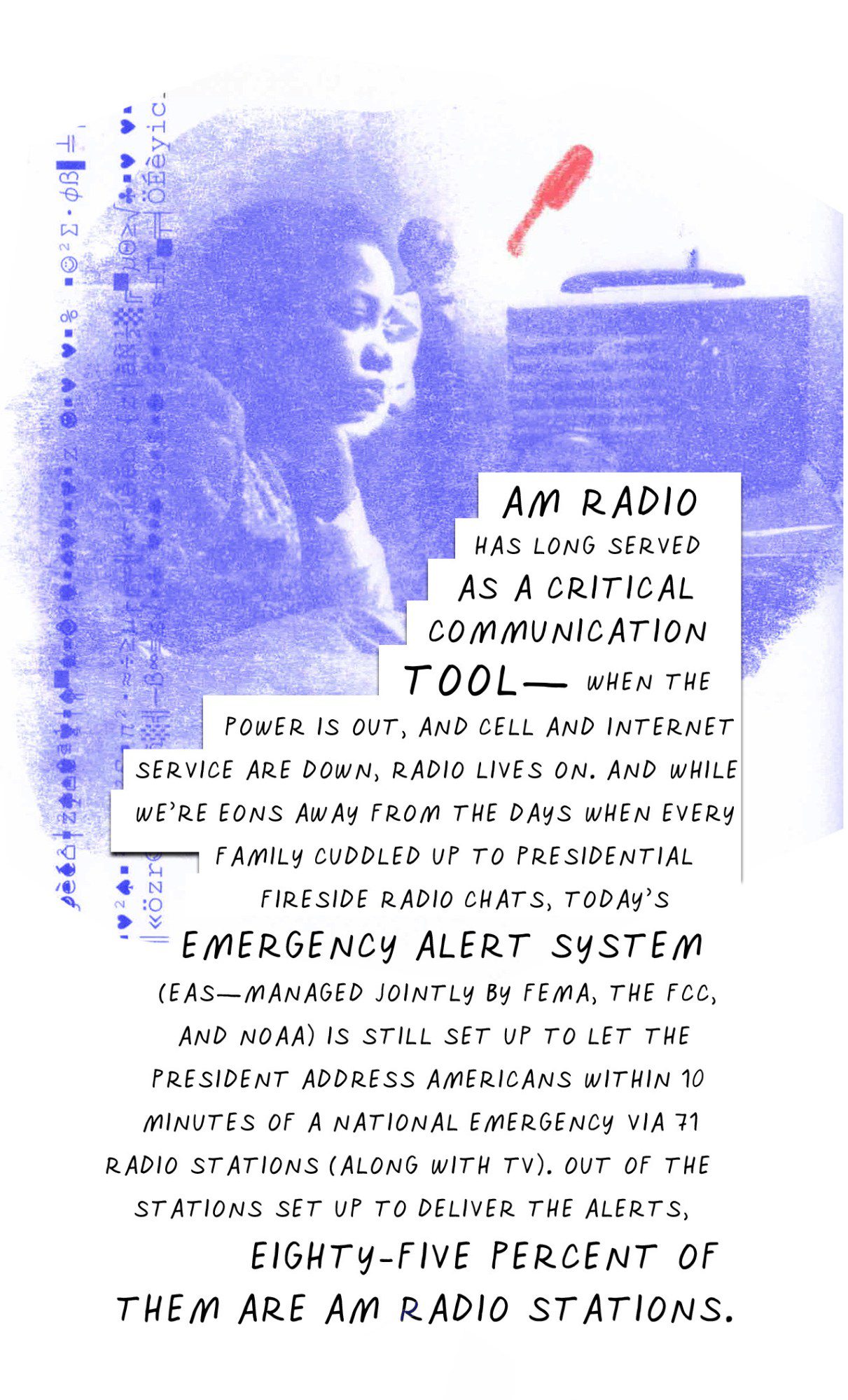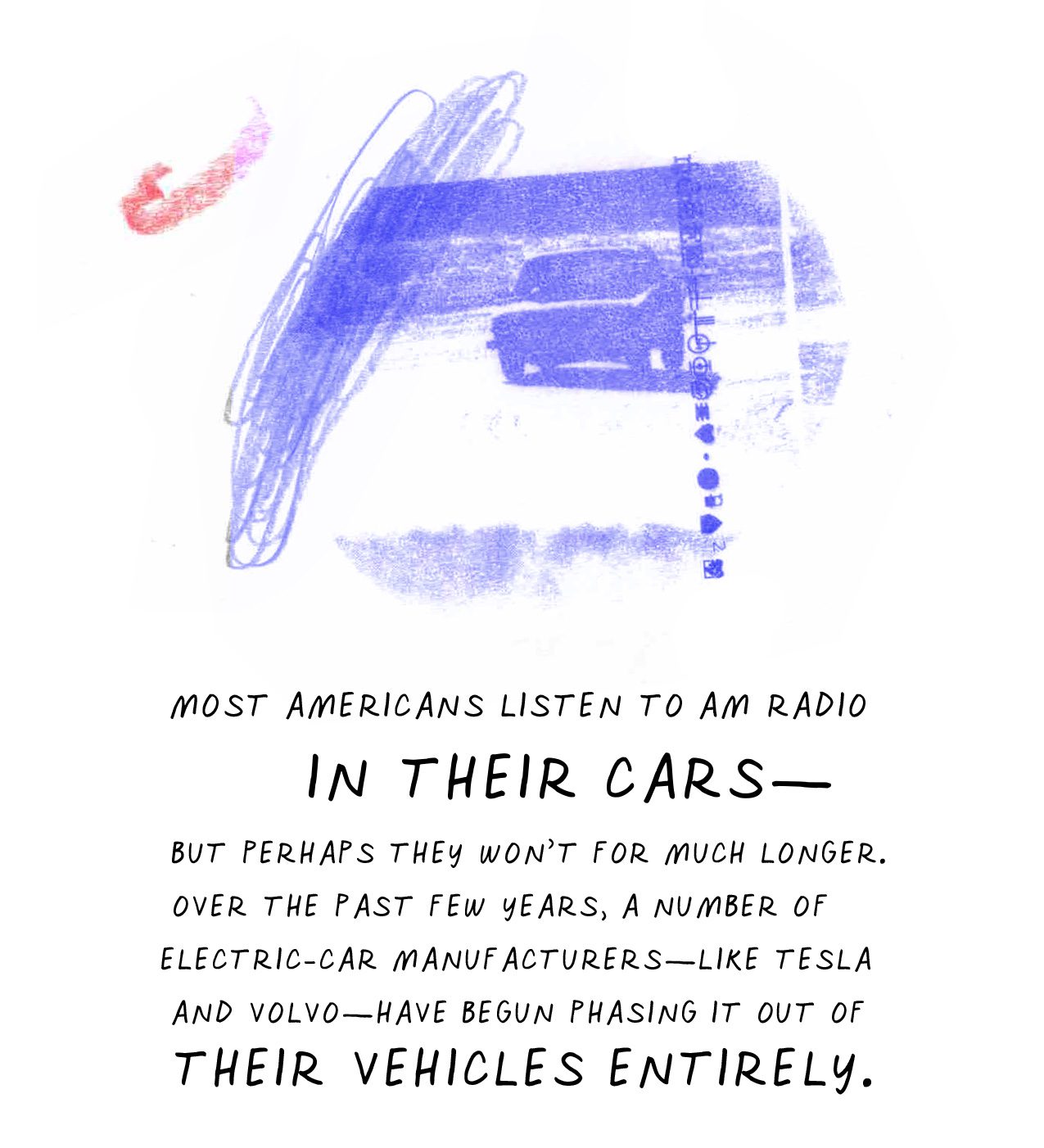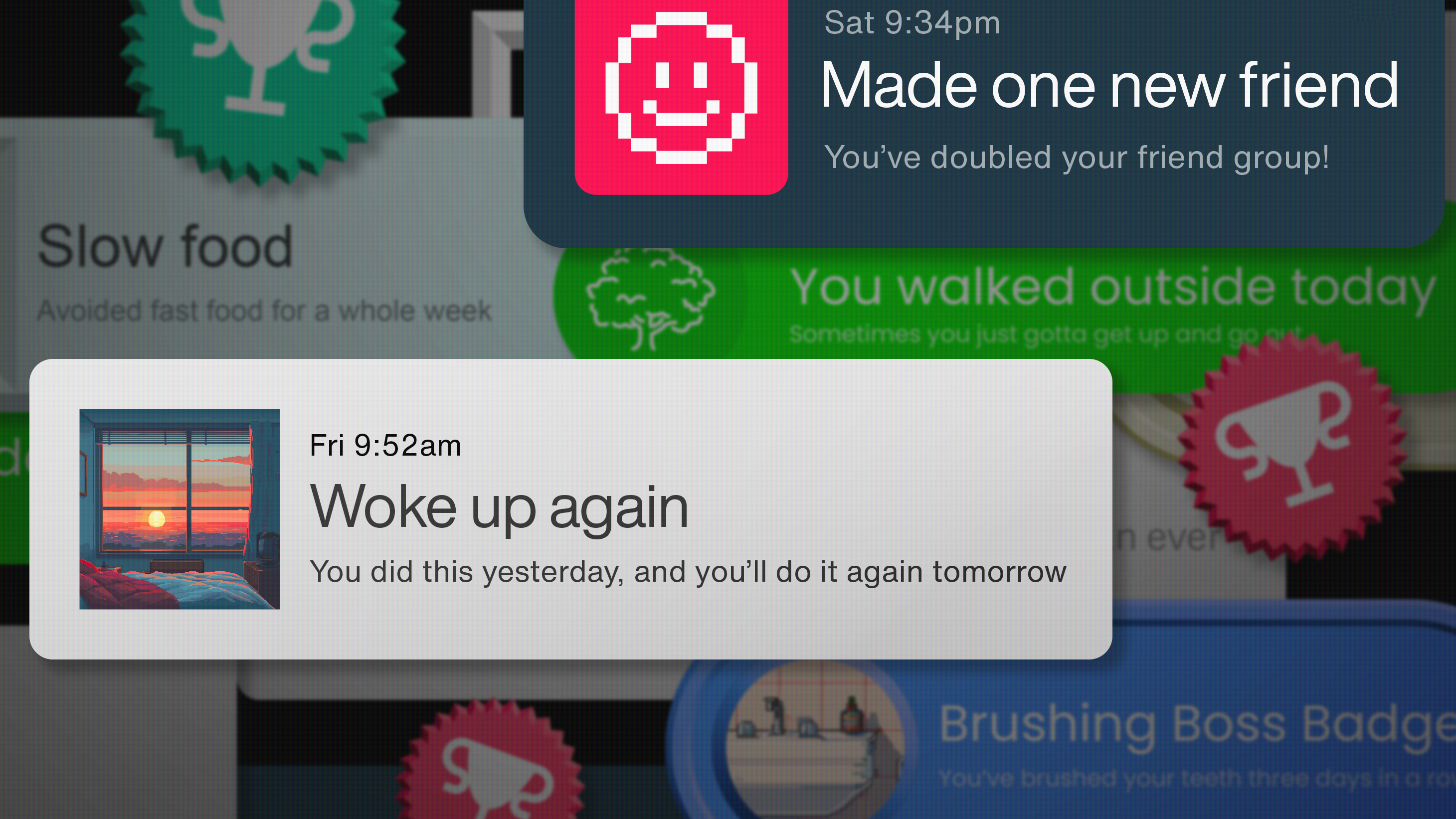If you want to become a better content marketer, you’ll need to master the art and science of messaging.
And by “messaging,” I don’t just mean the ethereal notions of “value,” emotional impact, or brand alignment.
I mean the real meat of what your brand stands for, how that’s communicated, and why people should care.
If you haven’t mastered your messaging – by putting in the time and effort to research your audience and define your brand identity – then your content will miss the target.
You’ll need to master this craft, whether creating content for your own brand or selling content services as an agency or freelancer.
Here’s how to do that.
What Does It Mean To Master Your Message?
Copywriting is about more than just weaving stories or writing words that sell. It’s about crafting a narrative that resonates with the people you hope to reach.
Mastering your message is an activity in:
- Understanding your audience.
- Communicating that understanding through content.
This is an important undertaking because your core message becomes the foundation upon which all your content, marketing materials, and campaigns propagate.
To master your message means to fundamentally understand what your brand is about, why that matters to prospective customers, and what unique point of view you bring to the market.
Then, and only then, you’ll have a framework from which to build your larger brand marketing strategy.
Read More: 4 SEO Copywriting Tips For Sharper, More Effective Copy
The Master Your Message Framework
The “Master Your Message” framework, as I’ll refer to it here, is one I stumbled across through professional ties with an expert copywriter, Tori Reid.
Reid defined and mastered the art of crafting a compelling message that gets readers to take notice.
Once you put the principles into practice, you’ll inevitably find nuances that work best for you and your clients.
Here’s the Master Your Message framework at its core:
1. Audience Insights
People will tell you what they care about if you ask them.
Audience research is essential when it comes to defining your “why” and, ultimately, your messaging.
2. Consistency
You need to show up with the same core message in a familiar tone of voice, no matter where you post content online.
Whether it’s a blog article, a Facebook ad, or a LinkedIn post, your audience should know that the root of your message is ultimately the same. They should come to expect the same values from you – every time.
3. Copywriting
Something as simple as a tagline can say so much in just a few words – or it can fall flat if you don’t know what you’re doing.
Copywriting takes skill. It takes practice and a particular understanding of how messaging translates into words.
Whether you write it yourself or hire help, don’t underestimate the value of copywriting compared to generic content writing.
4. Delivery Over Distribution
Circulating your content across the web is called distribution. This pertains to the platforms you use and the means through which you push out posts, emails, etc.
But, what you should care about most is delivery: How does your content land, and are you showing up at the right place?
Even the most well-crafted message won’t make an impact if it doesn’t reach the right people at the right time.
Your content needs to be suited to the right platform(s), based on the behavior of your audience, while also staying true to its core essence.
These principles tell you what’s most important in messaging, but they don’t tell you how to do it.
So, now let’s talk about where the rubber meets the road.
How To Master Your Brand Message
You might think you know your message, but without audience research, split testing, and a clear market position, you could be off track.
The process below will help you get crystal clear on your brand message so you can create content and campaigns with total confidence!
I recommend documenting your notes and answers along the way. You’ll use them when it comes time to apply your messaging to your brand copy.
1. Know Your Product: What Are You?
Before you can start to talk about your product, you need to know what it is that you offer. This includes the literal definition of your product or service, as well as the features and appendages associated with it.
For example, if you sell a moisturizer, the description of your product might include its ingredients, texture, suitability for certain skin types, absorption rate, etc.
Consider its design, application, and use cases – all the features that could be listed in its product description. Complete this activity for every product or product category.
If you offer a service, you can define your methodology, deliverables, and tools used. You could take it a step further to describe the specific use cases (though we are not talking about “benefits” yet).
Many brands enter the space knowing they offer particular products or services but don’t take the time to break these down into smaller pieces (until, at least, it comes time to write the web copy).
If these aren’t clearly defined from the get-go, you leave it up to chance that your copywriter or product team will know what to highlight in your content marketing.
Make their job easier. Get clear about what it is that you offer, the important features of those products or services, and the details that will eventually round out your product and service pages, ad copy, and so on.
2. Own Your Purpose: Why Are You?
Why does your product or service exist? How did it come to be, and why should customers care?
Every brand has a story, whether it’s a stay-at-home mom turned small business owner, a SaaS filling a gap in the market, or an app presenting an entirely new concept to consumers.
As you might imagine, your “why” is going to differ largely from that of other businesses, even those in your immediate market and industry.
Your About page is the most common example, but your foundational story also has its place in social media content, interview articles, videos, and so much more.
During this process, define the following:
- Foundations: Where, when, and how was your business first started? What inspired you (or the founders) to start the company?
- Figure: Is there an individual, mascot, or character who stands for the company? When people think of your brand, what or who are they most likely to think of? Define the characteristics this character, figurehead, founder, etc., embodies.
- Function: Before your brand started, what was the solution you wanted to bring to the market? How (if at all) has that purpose changed over time? Describe the primary function of your brand, whether that’s a new concept, filling a gap in the market, improving an existing product, etc.
Again, we’re not necessarily hitting on the benefits of what you offer. This is simply a practice of defining where you came from, why the brand came to be, and the purpose it initially served in its infancy.
3. Define Your Difference: How Are You?
Defining your difference is what helps your brand cut through the noise, especially when there are similar services and products out there.
Take the world of artificial intelligence, for example. Countless AI tools have been launched, yet most blend together. Only a handful truly stand out. Why? Because they have a distinct identity or innovation that sets them apart.
To pinpoint what makes your brand different, ask yourself:
- What features/capabilities does my brand have that competitors lack?
- Is there a specific problem others overlook (that my brand is able to solve)?
- What about my approach, process, or values makes my brand unique?
- How might my customers describe my brand compared to others?
The more you can gather real information – via customer feedback, market research, data insights, etc. – on what makes your brand different, the better.
That way, you’re capturing a sentiment that’s real rather than imagined – and, as business owners, we’re all prone to bias.
4. Find Your People: Who Do You Serve?
You might have heard the saying, “When you speak to everyone, you speak to no one.”
That’s why defining who you serve is critical. And again, this is not an activity in making assumptions; it requires real audience insights, research, and feedback.
Fortunately, you have many methods at your disposal through which to gather audience research:
- Customer Surveys: Talk directly to current and potential customers to understand their pain points, goals, and decision-making process.
- Online Communities: Monitor discussions, comments, and reviews to see what your audience is saying and what problems they’re trying to solve.
- Analytics Tools: Use tools like Google Analytics to track visitor demographics, behaviors, and interests.
- Competitor Research: Analyze your competitors’ audiences to identify gaps and opportunities in your market.
- Sales & Support Teams: Your frontline teams interact with customers daily and can provide valuable insights into common questions, objections, and needs.
Once you’ve gathered enough insights, you can start to build a detailed persona based on the customers/clients you’re trying to reach. This persona will guide your targeting and messaging.
Consider your audience’s age, gender, location, and income level. Define their usual values, challenges, and aspirations.
Use analytics tools to analyze their buying behavior (how they search, compare options, or decide on a purchase). A visual representation of this data can be helpful. You might even come away with a few personas for slightly different audiences.
Defining who you serve (and supporting that with real data) will help you craft messaging that resonates with the right people, driving conversions and meaningful engagement.
5. Land Your Platforms: Where Do You Show Up?
Knowing where your audience consumes content is crucial when it comes to delivering your message.
In most cases, your audience will demonstrate clear preferences in where they search for brands, engage with information, and converse with their community.
Identifying the right platforms based on your unique audience allows you to meet them where they are.
Here are the best sources to find out where your audience spends their time online:
- Google Analytics: The “Audience” and “Acquisition” reports can show you which sources bring the most traffic to your website. This can include organic search, social media, and/or referral traffic sources.
- Social Analytics: Platforms like Facebook, Instagram, and LinkedIn have native analytics tools that provide insight into follower behavior. Look at the “Audience” section to see where your customers are located, their age groups, and which content they engage with most.
- Surveys (again): Use survey tools like SurveyMonkey or Google Forms to ask your audience about their online habits. Ask questions like:
- What social media platforms do you use most often?
- How do you usually find new brands or products?
- What type of content do you consume most frequently (articles, tutorials, reviews, etc.)?
- Social Listening Tools: Tools like Hootsuite, Brandwatch, and Sprout Social allow you to monitor where conversations are happening. You can see which platforms generate buzz, what topics your audience is engaging with most, and whether they are interacting with similar brands.
I also recommend joining community forums like Reddit and Quora to “listen in” on what users might say about your industry, products, similar brands, etc. These are goldmines for understanding what your prospective customers are talking about.
When in doubt, test your campaigns on different platforms to see which generates the most engagement.
Also, the nuances of each platform may influence your messaging ever so slightly.
It’s true that different content formats perform better on certain platforms, but the core of your message and your values should be the same.
6. Be The Solution: Why Does This Matter?
By this step you should know:
- What you sell.
- Why you sell it.
- What makes you different.
- Who you sell to.
- Where you promote it online.
Ultimately, your brand is here to offer a solution to your audience’s challenges and goals.
It’s your job to build a brand that resonates with the needs of your prospective customers – that there is an inherent value in what you bring to the market (not more noise).
To master your message, get clear on the value, solution, and benefits you bring to your customers. Get crazy with adjectives.
Using the moisturizer product as an example again, your product isn’t just a moisturizer anymore – it’s a hydrating formula infused with antioxidant-rich botanicals designed to restore skin’s natural glow.
The problem the customer faces: skin lacking luster and glow.
The solution: a restorative moisturizer that’s hydrating and nutrient-rich.
Explaining why all of this matters (in your own words and the words of your customers) will position your product in a way that resonates with your audience and highlights its value.
Write Brand Content That’s Right On Target
Mastering your message requires front-loaded work that many brands ignore. But it’s essential work if you want to grow a loyal audience, build an empire, and drive lucrative results for your business.
Messaging makes all the difference.
Practice this framework, and you’ll be well on your way to writing copy that’s on target, speaks to the heart of your customers, and creates a legacy for your brand.
More Resources:
Featured Image: ZoFot/Shutterstock
